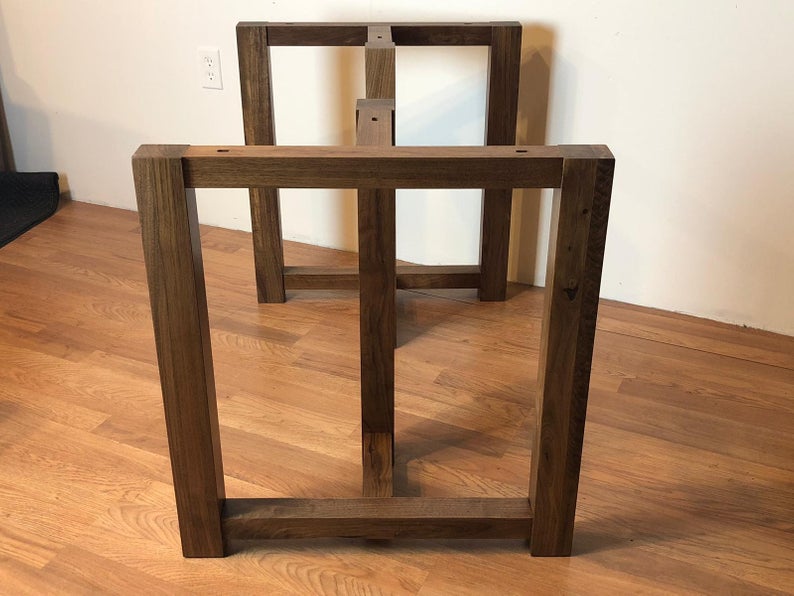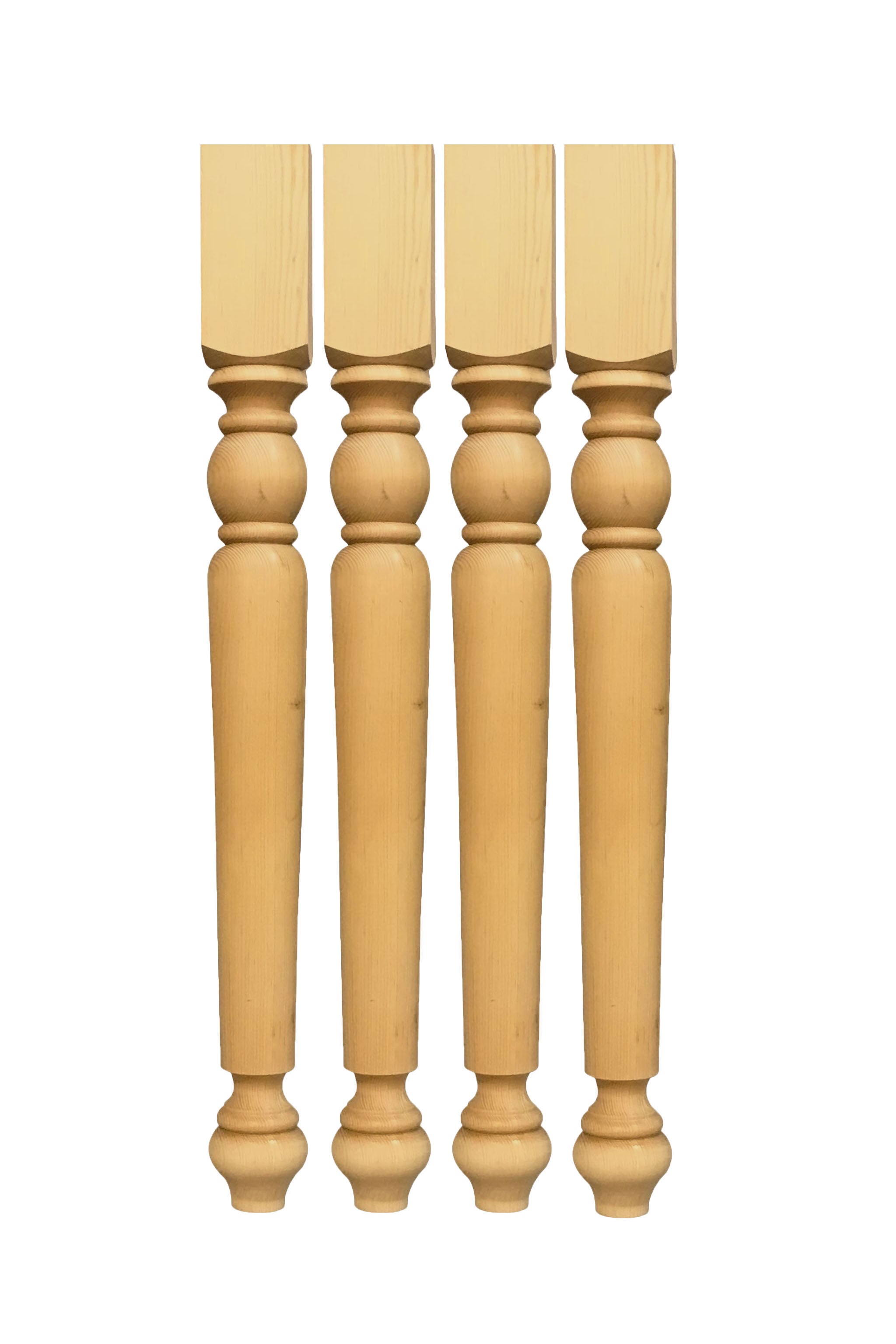Bring Heat and Personality to Your Area with Dining Table Legs Wood
Bring Heat and Personality to Your Area with Dining Table Legs Wood
Blog Article
Checking Out the Various Kinds of Dining Table Legs Wood for Your Dining Room
The choice of dining table legs timber can profoundly affect both the visual and functional high qualities of your eating room. Solid timber choices, such as oak and walnut, supply a classic appearance with unrivaled durability, while engineered wood choices offer innovative styles that resemble the splendor of natural grains.
Solid Timber Options

In addition, solid wood is renowned for its stamina and long life. Unlike engineered products, solid wood is less susceptible to bending and damage in time when appropriately maintained. This makes it a perfect selection for households or those that regularly organize gatherings. Each piece of solid wood is distinct, showcasing private attributes that include in the charm and personality of the eating table.
Additionally, strong timber can be finished in numerous means, varying from all-natural oils to tarnished coatings, allowing property owners to individualize their furnishings to match their decor. In recap, selecting solid wood for eating table legs not only guarantees structural integrity yet additionally boosts the visual charm of the dining area, making it a rewarding investment for any home.
Engineered Timber Alternatives

Plywood, created from numerous layers of wood veneer, is particularly solid and stable, making it an exceptional option for dining table legs. Its split composition allows it to endure adjustments in moisture and temperature far better than standard strong wood. MDF, on the various other hand, provides a smooth surface for painting or veneering, enabling designers to achieve a sleek appearance while maintaining architectural integrity.
When choosing engineered timber options, it is important to consider the desired use and preferred aesthetic. These products not just enhance the functionality of dining rooms yet additionally allow for better style adaptability, making sure that standard and contemporary designs can coexist sympathetically.
Reclaimed Timber Includes
Reclaimed timber offers a special blend of sustainability and character, making it a progressively prominent option for eating table legs. Sourced from old barns, factories, and other structures, reclaimed timber symbolizes a history that new materials simply can not replicate. Each piece lugs its very own tale, marked by distinct flaws, knots, and varying grain patterns, which add to a table's one-of-a-kind aesthetic allure.
Along with its aesthetic beauty, reclaimed wood is an eco friendly choice. By repurposing previously used materials, it decreases the demand for new lumber, hence helping to decrease and preserve woodlands waste. This aligns with a growing consumer preference for lasting methods in home furnishings.
Moreover, redeemed timber is often a lot more sturdy than freshly collected wood because of its age. The all-natural drying out process that recovered timber undertakes results in a denser and stronger material, making it less susceptible to bending and splitting. This improves the durability of dining tables, permitting them to endure the rigors of everyday use.
Softwood vs. Wood
When picking dining table legs, recognizing the distinctions between softwood and wood is crucial for accomplishing both aesthetic and practical objectives. They typically display a more rustic look, making them suitable for country-style or laid-back dining areas.
On the various other hand, woods, sourced from deciduous trees like oak, maple, and cherry, are renowned for their thickness, strength, and resilience. The complex grain patterns and abundant tones of hardwoods website here give a innovative and classic allure, making them perfect for formal eating settings. While woods tend to be more costly and much heavier, their strength versus deterioration typically warrants the financial investment.
Eventually, the option in between softwood and hardwood for eating table legs must align with your design vision, usage requirements, and budget, making certain that your eating space reflects your individual design while remaining useful over time.

Surfaces and Therapies
The visual allure and longevity anonymous of eating table legs can be significantly enhanced with various coatings and treatments. These processes not only protect the wood from damages yet also elevate its look, permitting it to enhance diverse indoor styles.
One typical treatment is tarnishing, which permeates the timber and enhances its all-natural grain while including color. Discolorations supply a rich, stylish look, making it possible for property owners to match their furnishings with existing decor. On the other hand, clear coatings such as polyurethane or varnish produce a safety layer without altering the wood's original hue, making sure toughness against damage.
Additionally, natural oils, like tung or linseed oil, nourish the wood and supply a subtle sheen, all while being environmentally friendly. These oils permit the surface area to breathe, avoiding dampness build-up and prospective warping.
For those looking for a rustic beauty, weathered or distressed surfaces can be used to develop an aged appearance, including character to the item. Ultimately, the option of surfaces and treatments depends on individual choice, desired aesthetic appeals, and the certain wood type, making it important to think about these factors when choosing table legs for your area.
Verdict
Strong woods, engineered options, and reclaimed alternatives each offer distinct advantages, providing to different choices and needs. Inevitably, the option of wood type should line up with desired design, resilience, and environmental considerations, enhancing the overall eating experience.
The selection of eating table legs timber can profoundly impact both the visual and practical high qualities of your dining room - Dining Table Legs Wood. Solid wood options, such as oak and walnut, give a timeless appearance with unparalleled toughness, while crafted wood alternatives offer innovative designs More Help that mimic the richness of natural grains. Strong timber offers a classic quality that can raise the general layout of a dining room. Each piece of solid wood is one-of-a-kind, showcasing private qualities that add to the charm and personality of the eating table
Furthermore, reclaimed timber is frequently extra sturdy than freshly collected wood due to its age.
Report this page